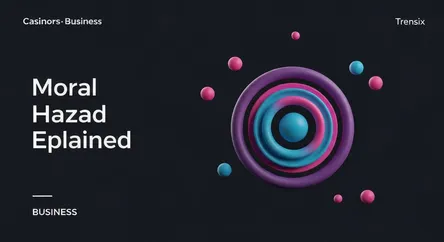Business
Moral Hazard Explained

Discover what moral hazard is: an economic concept where one party takes more risks because someone else bears the cost. Learn its real-world impact.
What is it?
Moral hazard occurs when a party, protected from risk, behaves differently—often more recklessly—because someone else will bear the cost. This stems from an information imbalance. For example, with comprehensive insurance, a driver might be less cautious, knowing the insurer covers accident costs. The safety net itself changes the incentive to be careful, applying to everything from finance to healthcare.
Why is it trending?
The concept is central to debates on financial regulation and government bailouts. The 2008 financial crisis is a classic case, where banks took huge risks believing they were "too big to fail" and would be rescued. Today, discussions on corporate subsidies, deposit insurance, and even pandemic relief funds grapple with preventing moral hazard—providing help without encouraging irresponsible behavior that could harm the economy.
How does it affect people?
It often translates into higher costs for the general public. In insurance, riskier behavior by some leads to higher premiums for everyone. On a larger scale, taxpayer-funded bailouts mean the public pays for corporate failures. This socializes losses while privatizing gains, creating an unfair system where the consequences of bad decisions are not borne by those who made them, potentially leading to recurring economic instability.